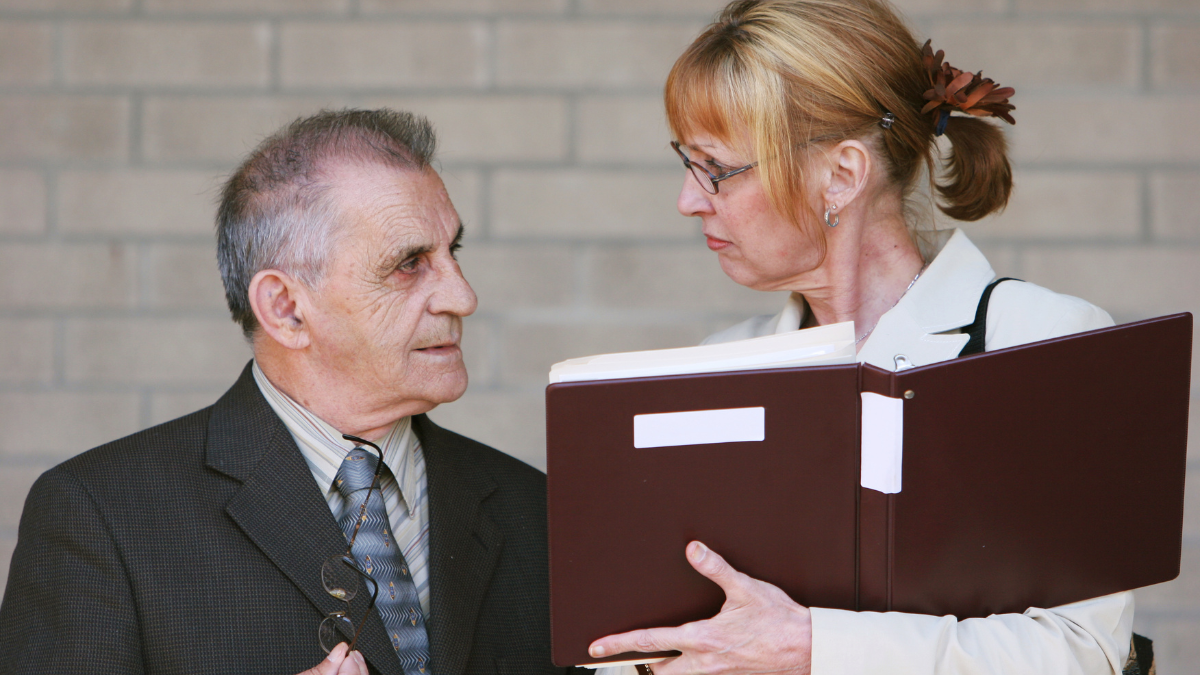In the healthcare industry, public perception plays a crucial role in a hospital’s ability to attract patients, secure funding, and maintain a strong reputation. Hosting community health fairs, medical conferences, or groundbreaking ceremonies is a great way to engage the public—but without media attention, these efforts may not reach their full potential.
A well-planned media strategy can turn a routine hospital event into a high-impact story that generates press coverage, builds credibility, and positions your hospital as a leader in patient care. To achieve this, hospitals must approach event publicity with the same strategic mindset as public relations firms, leveraging relationships with journalists, crafting compelling narratives, and using digital platforms to amplify their reach.
Understanding What the Media Looks for in a Story
News organizations don’t cover events simply because they exist. To earn media coverage, hospitals must understand what makes an event newsworthy. Journalists look for human interest, public impact, expert insights, and timely relevance. A standard ribbon-cutting ceremony may not attract much interest, but a hospital opening a new neonatal care unit to address rising premature birth rates in the community? That’s a compelling public health story.
Framing your hospital event around a broader healthcare issue, such as increasing access to emergency care or launching a community mental health initiative, makes it more appealing to reporters. If your event addresses a local health crisis, introduces a breakthrough in patient care, or features a high-profile guest, it has a higher chance of making headlines.
Developing a Media-Worthy Event Strategy
Start Early and Plan with Publicity in Mind
Generating buzz doesn’t happen overnight. Hospitals should develop a media strategy at least 6–8 weeks before an event to secure the strongest coverage. This includes identifying key story angles, booking speakers who add credibility, and designing an experience that will be visually engaging for news crews.
Journalists are more likely to cover events that have compelling visuals. Instead of hosting a traditional panel discussion, consider live demonstrations of new medical technologies, patient success stories, or interactive elements that make the event visually dynamic.
Craft a Strong Press Release and Media Pitch
A well-written press release should serve as the foundation of your media outreach. It must be clear, concise, and structured like a news article, making it easy for journalists to turn it into a story. It should include:
- A powerful headline that immediately captures attention.
- A strong lead paragraph explaining why the event matters.
- Compelling quotes from hospital executives, doctors, or community leaders.
- Relevant statistics or local health data that highlight the event’s impact.
Beyond the press release, hospitals should craft personalized media pitches for different outlets. A local news station may be more interested in the hospital’s community impact, while a medical journal may want to explore the scientific advancements behind the event.
Leverage Relationships with Journalists and Influencers
Journalists receive hundreds of pitches a day, so hospitals must make it easy for them to say yes to covering an event. If your hospital has an in-house communications team, they should maintain a media contact list of reporters who cover healthcare and build relationships with them year-round—not just when there’s an event to promote.
Inviting journalists for exclusive interviews before the event, offering embargoed press releases, or providing behind-the-scenes access to medical experts makes it easier for media outlets to commit to covering the event. Local influencers, healthcare bloggers, and medical podcasters can also amplify the event’s reach beyond traditional news outlets.
Making the Most of Event Day Coverage
Create a Media-Friendly Experience
Once the press arrives, their experience should be seamless and well-organized. A dedicated media check-in area, press kits with key facts and contacts, and a designated spokesperson ensure that journalists get what they need quickly. Live-streaming portions of the event, offering b-roll footage, and providing high-quality event photos immediately also help news outlets create faster, more engaging coverage.
Encourage Real-Time Social Media Buzz
Traditional media coverage is important, but hospitals should also use their own platforms to create media buzz. Live tweeting, behind-the-scenes Instagram stories, and real-time LinkedIn updates can engage audiences beyond those in attendance. If local journalists or influencers are covering the event, tag them in posts and share their content, amplifying their reach while strengthening relationships for future collaboration.
Capitalize on Media Momentum After the Event
Media buzz shouldn’t end when the event does. Hospitals should continue leveraging their publicity by:
- Publishing post-event content such as recap blogs, video highlights, and press mentions.
- Sending a follow-up media release summarizing key takeaways for journalists who couldn’t attend.
- Repurposing news coverage into hospital marketing materials, including social media snippets and patient newsletters.
By keeping the conversation going, hospitals extend the value of their media coverage and solidify their position as thought leaders in the healthcare space.
Making Every Healthcare Event a PR Opportunity
Turning healthcare events into media buzz requires a strategic approach to storytelling, strong media relationships, and the ability to capitalize on multiple publicity channels. Hospitals that proactively position their events as newsworthy, provide compelling visual elements, and engage both traditional and digital media can transform routine gatherings into major public relations wins.
By following these best practices, hospitals can build long-term brand credibility, strengthen their community impact, and ensure their message reaches the widest audience possible.



